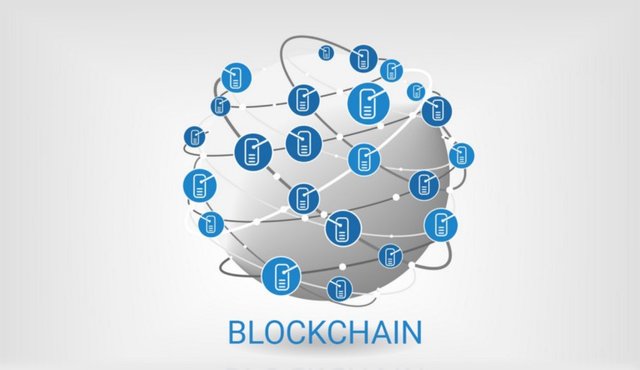 Today, blockchain interoperability is virtually non-existent.
Today, blockchain interoperability is virtually non-existent.
If you want to move value across chains, you must do so by moving tokens into a centralized exchange, trade on the exchange's in-house ledger and then withdraw the new asset on a new chain. This process is slow, expensive and involves substantial counterparty risk.
Fundamentally, there are two types of chain interoperability:
- Relaying messages about the state of one chain to another. This includes synthetic tokens (AKA one-to-one pegs, two-way pegs, or sidechains).
- Cross-chain atomic swaps. The exchange of tokens between users across chains, without trusting a third-party.
A number of high-profile projects such as Polkadot and Cosmos are vying to be the meta "blockchain of blockchains." Each of these systems has a native staking token that validators must stake in order to perform work for their respective networks.
Another chain of chains, Block Collider, proposes a radically different technical mechanism to achieve many of the same functions.
Building on insights drawn from Vitalik Buterin's excellent paper on chain interoperability, I'll walk through both of the functions above and highlight that the largest opportunity for these systems is message relaying. Cross-chain atomic swaps can be accomplished trustlessly without dedicated chain of chain systems.
Cross Chain Messaging
Cross-chain messaging is fundamentally a question of trust: How does one design a system to trustlessly relay messages between chains?
This is especially difficult given what I'll refer to as orphan chain risk: if a service relays the state of Chain A to Chain B, but it turns out that the relayer was on a fork of Chain A that is ultimately orphaned (either benignly or maliciously), then the relayed message to Chain B is invalid.
If one is relaying messages to issue synthetic tokens across chains, this would result in cross-chain double spends, which is unacceptable. Accommodating the perpetual "what if the relayer is on an orphaned fork" risk is by far the greatest challenge in message-relaying systems.
Cosmos and Polkadot address the orphaned-chain problem through two mechanisms. First, using the inter-blockchain communication (IBC) protocol, they store Merkle-ized block headers for each cross-chain transaction. Building on a history of Merkle-ized block headers, Cosmos/Polkadot maintain global invariant balances of the total supply of each token.Together these mechanisms prevent cross-chain double spends.
It would be nice if systems such as Oraclize could relay messages between chains. But these kinds of systems don’t account for the orphaned chain problem.
If we look out into the future, it’s possible to envision a time in which the orphaned chain problem is solved by the sending chain itself. How? By leveraging finality in proof-of-stake (PoS) based systems. This is the explicit purpose of Casper FFG, which is in alpha now. However, it's unclear how fast finality can be given tradeoffs in parametrizing such a PoS system.
Even with a finality guarantee, there are still other challenges.
We're currently witnessing a Cambrian explosion of blockchain innovation. This is likely to continue for the next few years at a minimum. Given the number of new chains that are emerging, each chain will be required to store and validate Merkle-ized block headers of every other chain with which it communicates.
Each blockchain could become bloated with blockheaders of every other chain. Using a bridge chain reduces the bloat per chain from a function of n! to to a function of n.
While I'd like to see a future in which blockchains communicate directly with one another without an intermediary chain, this seems highly unlikely. This problem is compounded by the fact that systems such as bitcoin may never move off of proof-of-work (PoW) consensus and towards PoS consensus with guaranteed finality.
If you project out far enough, it seems possible that intermediary chains will become superfluous, but that future is still unclear. For the foreseeable future – at least a few years – Cosmos/Polkadot have a real opportunity to become the backbone powering cross-chain messaging.
Conclusion
With the Cosmos launch approaching in the next month or two, we're about to witness a huge hype cycle about the opportunity for an internet of blockchains. Systems like Cosmos solve fundamental cross-chain communication problems, but aren’t necessarily the answer to all cross-chain communication challenges.
It's paramount to recognize that not everything these systems can do actually needs to be done by a chain of chains. As the crypto ecosystem evolves, expect more diversity in trust models, relayers, and solutions broadly.
By Kyle Masani, Co Founder of Multicoin Capital (A thesis-driven crypto fund that invests exclusively in crypto assets.)
Article seen in: https://www.coindesk.com/opportunity-interoperable-chains-chains/


